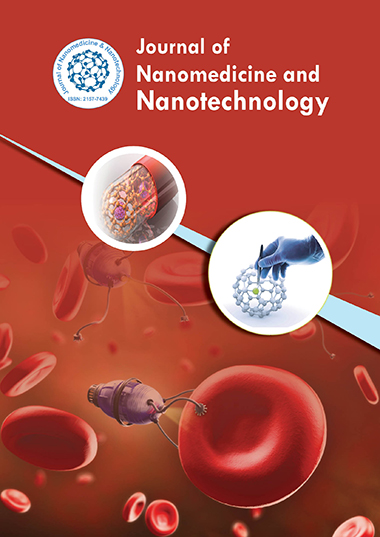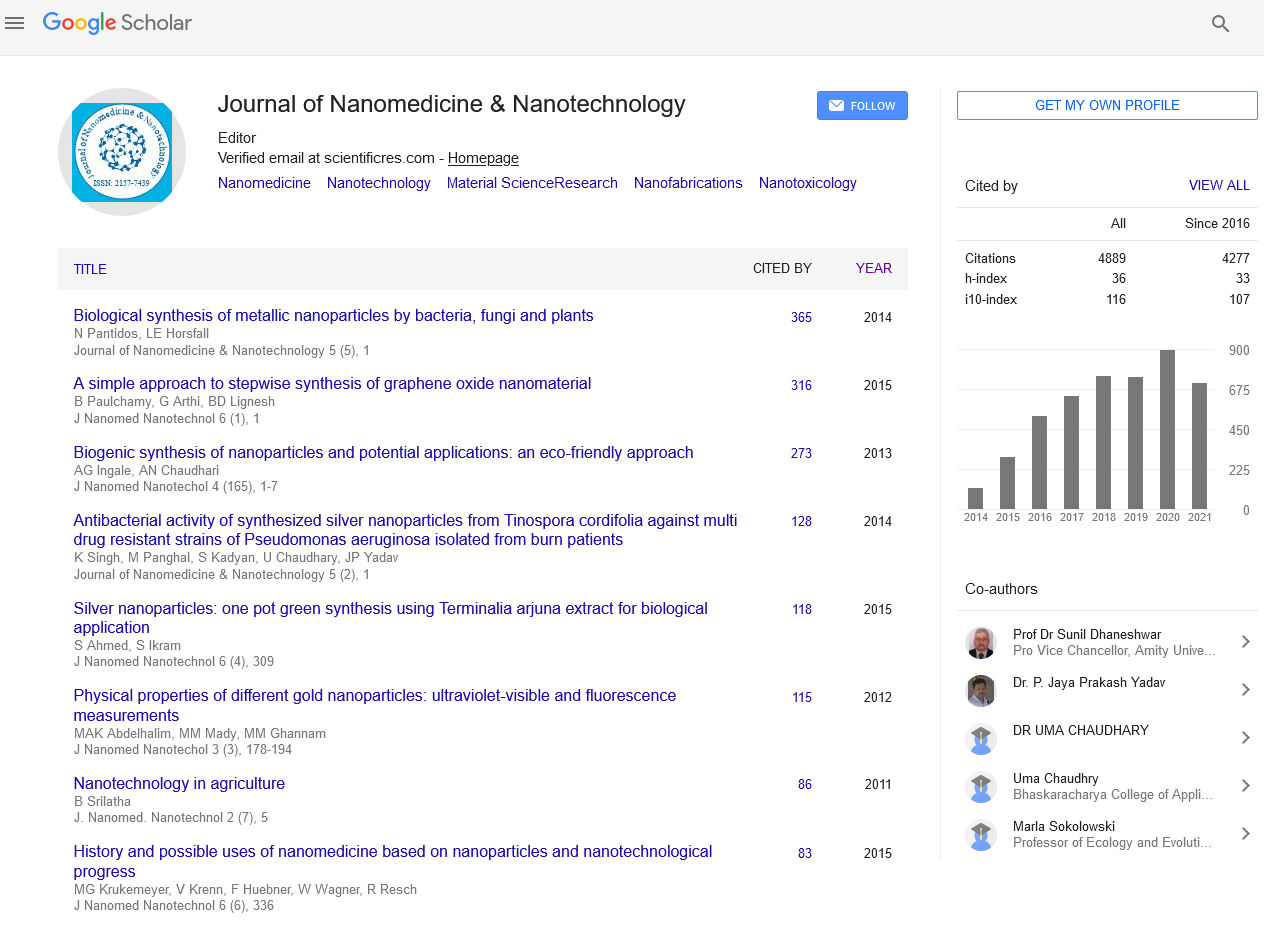Indexed In
- Open J Gate
- Genamics JournalSeek
- Academic Keys
- JournalTOCs
- ResearchBible
- China National Knowledge Infrastructure (CNKI)
- Scimago
- Ulrich's Periodicals Directory
- Electronic Journals Library
- RefSeek
- Hamdard University
- EBSCO A-Z
- OCLC- WorldCat
- SWB online catalog
- Virtual Library of Biology (vifabio)
- Publons
- MIAR
- Scientific Indexing Services (SIS)
- Euro Pub
- Google Scholar
Useful Links
Share This Page
Journal Flyer

Open Access Journals
- Agri and Aquaculture
- Biochemistry
- Bioinformatics & Systems Biology
- Business & Management
- Chemistry
- Clinical Sciences
- Engineering
- Food & Nutrition
- General Science
- Genetics & Molecular Biology
- Immunology & Microbiology
- Medical Sciences
- Neuroscience & Psychology
- Nursing & Health Care
- Pharmaceutical Sciences
Modelling effects of disorder on thermal conductivity in highly disordered nanostructures
33rd World Nano Conference
October 24-25, 2022 | WEBINAR
Dhritiman Chakraborty* and Sanjukta Chakraborty
Amity University, India University of Warwick, UK
Scientific Tracks Abstracts: J Nanomed Nanotechnol
Abstract:
Nanostructuring of thermoelectric materials is a method with great potential for improved and novel thermoelectric materials with ultra-low thermal conductivities and improved power factors, thereby enhanced thermoelectric efficiencies. Nanostructuring introduces scattering of phonons of various wavelengths and hence reduces phonon transport throughout the spectrum–yielding ultra-low thermal conductivities. Introducing disorder at the nanoscale reduces thermal conductivity even further. However, there are very few models that accurately determine how disorder reduces thermal conductivity in nanostructured materials. In this work, we provide simplified models that accurately describe the effects of disorder and porosity at the nanoscale by solving the Boltzmann transport equation for phonons using the Monte Carlo method in Sibased nanostructures with a large degree of disorder. We examine nanostructures with nanocrystalline grain structures in addition to nanopores, both in an ordered and highly randomized fashion. Such materials have demonstrated experimentally thermal conductivities even below the amorphous limit. We extract analytical models that capture quantitatively the thermal conductivity in nanostructures that include a combination of nanograins and nanopores, in disordered nanostructures. Finally, we compare our models with predictions by Mattheissen’s rule and find good agreement.
Biography :
Over the span of his academic tenure Dr. Dhritiman Chakraborty has had the opportunity of interaction, stay, study, research and teaching at educational institutes spread across six different countries (UK, Russia, Indonesia, Kazakhstan, India and Japan) and different universities. After completing his Bachelors in Physics from St. Stephen’s college in Delhi University, he went on to the study and research in the field of Nanotechnology, collaborating with various institutes, culminating in his PhD from the University of Warwick, UK. This abstract presents an excerpt of his research, done at the University of Warwick, with additions from his collaborators at Amity University in India.


